If you’re new to Thinlicious, or to any sort of low-carb, ketogenic eating plan, learning the lingo can sometimes feel like learning a whole new language.
After all, depending on how you were eating before, you might be making a whole lot of changes all at once. You’re changing how you eat, what you track (what are carbs?) and how you even look at fats (some are good for you?)
And if you’re feeling a little confused and a lot overwhelmed, rest assured that you’re not alone.
In fact, that’s exactly why we created this low-carb glossary. It’s a list of words and new terms that you might read as you eat low-carb food. So if you’re feeling a little (or a lot) lost and learning all the new low-carb terminology confuses you more than organic chemistry, save this post to refer back to as often as necessary.
Are you ready to lose weight and heal your body for life (without dieting, drugs, or making yourself miserable)?

Our free on-demand video training will walk you through how to make this THE year you set health goals…and keep them.
Our comprehensive ketogenic and low-carb glossary will finally help answer all your burning questions about what certain keto words mean! Browse all these words and phrases and finally understand what everyone’s talking about.

A
Atkins Diet: A low-carb diet created by cardiologist Robert Atkins in the early 1970s. It focuses on cutting out carbs and allows people to eat as much protein as they want. We explained how Thinlicious is different from Atkins – check it out.
B
Banting Diet: Another term for the low-carb, high-fat diet. It’s named after William Banting, who popularized the diet in the 1800s. It’s an older diet and allowed for more alcohol because it was more regularly consumed back then.
Basal Metabolic Rate (BMR): This describes the number of calories your body needs to maintain basic functions like breathing, digesting food and maintaining your heartbeat. It’s determined by your age, weight and height, and it’s different for everyone.
Beta-Hydroxybutyrate (BHB): This is a ketone body that is produced when you restrict your carbohydrate intake and your body begins to break down fat for energy. BHB is a more efficient fuel source than glucose, so it can help you lose weight and improve your health.
Blood sugar: The amount of glucose (sugar) in your blood. High blood sugar levels can be a sign of diabetes.
Bullet Proof Coffee: A high-fat, low-carb coffee drink that is designed to help you lose weight and improve your health. It is made with coffee, butter and MCT oil, a great way to start your day on a keto diet.
C
Carbohydrates: One of the three macronutrients (along with fat and protein), carbohydrates are found in foods like bread, rice, pasta and potatoes. You limit your carb intake on a low-carb diet to help promote weight loss. Check out Macronutrients 101 to learn how many to eat.
D
Diabetes: A chronic condition characterized by high blood sugar levels. There are two main types of diabetes: Type 1 (which is caused by an autoimmune reaction) and Type 2 (which is caused by lifestyle factors like obesity and poor diet).
Diabetic Ketoacidocis (DKA): A life-threatening condition that can occur in people with diabetes. It is caused by a lack of insulin, which leads to the breakdown of body fat for energy. This process produces harmful ketone bodies, which can cause DKA.
Dietary Fiber: A type of carbohydrate that can’t be digested by the body. Soluble fiber dissolves in water to form a gel-like substance, while insoluble fiber doesn’t dissolve in water.
E
Electrolytes: These are minerals like sodium, potassium and magnesium that are found in your body’s fluids. Electrolytes are important for maintaining proper fluid balance and keeping your muscles and nerves functioning properly. Make this low-carb electrolyte drink when you need it.
Exogenous Ketones: Ketone bodies that are produced outside of the body. They are used to help you lose weight and improve your health, and they can be a great way to boost your ketone levels and stay in ketosis.
Endogenous Ketones: Ketone bodies that are produced inside the body. They are used to help you lose weight and improve your health, and they can be a great way to boost your ketone levels and stay in ketosis.
F
Fasting: Going without food for a period of time. Fasting is often used as a weight-loss strategy, as it can help promote fat burning and reduce appetite. Read this Intermittent Fasting Guide to know if it’s right for you.
Fat bomb: A high-fat, low-carbohydrate snack or treat. Fat bombs are usually made with healthy fats like coconut oil, avocado or nut butter and are often used to increase fat intake or stave off hunger between meals.
Fatty Acids: A type of lipid that is found in food and the body. They are an important source of energy, and they can help you lose weight and improve your health. Fatty acids can be divided into two categories: saturated and unsaturated.
G
Gluten: A protein found in wheat, rye and barley that can cause digestive problems for some people. Those with celiac disease or non-celiac gluten sensitivity should avoid foods containing gluten.
Gluconeogenisis: The process of producing glucose from other sources, like protein or fat. It is an important process for maintaining blood sugar levels on a keto diet and is essential for those with diabetes.
H
Healthy Fats: Fats that are beneficial for your health. They can help you lose weight and improve your health, and they are an important part of a healthy diet. Some sources of healthy fats include olive oil, avocados, nuts and seeds.
Hunger: The sensation of needing to eat. Hunger is regulated by hormones like ghrelin, which increases appetite, and leptin, which decreases appetite.
Hyperinsulinemia (HI): A condition characterized by high levels of insulin in the blood. It is often caused by obesity or diabetes, and it can lead to several serious health problems.
I
Insulin: A hormone that helps regulate blood sugar levels. Insulin is released in response to high blood sugar levels and helps shuttle glucose into cells for energy.
Insulin Resistance: A condition in which the body’s cells don’t respond properly to insulin. This can lead to high blood sugar levels and various health problems. It is often caused by obesity or diabetes and can be treated with diet and lifestyle changes. This guide explains How Insulin Resistance is Making You Fat.
Intermittent Fasting: A type of diet that involves going without food for a period of time. There are a variety of different intermittent fasting protocols, but most involve fasting for 16-24 hours at a time. Intermittent fasting can be a great way to lose weight, improve your health and boost your ketone levels. Learn the Truth About Intermittent Fasting and Low-Carb Diets.
K
Ketones: Chemicals that are produced when your body breaks down fat for energy. When you eat a low-carb diet, your body produces ketones as an alternative fuel source.
Keto Flu: A term used to describe the symptoms that can occur when you start a keto diet. These symptoms can include fatigue, nausea, headaches and muscle soreness. They are usually temporary, and they can be alleviated by drinking plenty of water and electrolytes and ensuring you get enough nutrients. This is how to remedy your keto flu quickly.
Keto Monitor: A device that measures the level of ketones in your body. It can be used to track your progress on a keto diet and help you ensure that you are staying in ketosis.
There are a variety of different keto monitors people can use to track their ketone levels. Some of the most popular monitors include the Keto Mojo, the Precision Xtra and the Keto-Mojo Blood Glucose & Ketone Meter. These devices allow you to measure your ketone levels quickly and easily, and they can help you ensure that you are staying in ketosis. We look closer at the best glucose and ketone monitors in our guide.
L
Low-carb: A type of diet that limits carbohydrate intake in favor of protein and fat. Low-carb diets like the ketogenic diet are often used for weight loss, as they can help promote fat burning and reduce appetite.
M
Macronutrients: The three nutrients that make up the majority of our diets: carbohydrates, proteins and fats. All three macronutrients are essential for good health. Learn more about them in the macronutrients guide.
Medium Chain Triglycerides (MCT): A type of fat that is found in coconut oil and palm oil. They are metabolized differently than other types of fat, and they can be used as a source of energy on a keto diet. MCTs are a great source of fuel for athletes and people who are trying to lose weight, and they can help you stay in ketosis.
Metabolic Syndrome: Metabolic Syndrome is a group of health problems that can occur together, like high blood pressure, high cholesterol and obesity. It is often caused by diabetes or obesity, and it can lead to a variety of serious health problems.
Monounsaturated Fatty Acids (MUFA): A type of fat that is found in foods like olive oil, avocados and nuts. They are a healthy type of fat, and they can help improve your health. MUFAs are a good source of energy, and they can help you stay in ketosis.
N
Net Carbs: The total amount of carbohydrates in a food minus the amount of fiber. This means that foods that are high in fiber will have a lower net carb count, and foods that are low in fiber will have a higher net carb count.
To calculate the net carbs in a food, simply subtract the fiber from the total carbs. So, for example, if a food has 20 grams of total carbs and 5 grams of fiber, the net carbs would be calculated as follows: 20 grams – 5 grams = 15 grams.
If you are doing the Thinlicious™ Thin Adapted System, we only calculate net carbs in unprocessed, whole foods and refer to whole carbs in processed foods.
Non-Scale Victory: This is when you achieve a goal or a result without actually seeing a change on the scale. This could be like fitting into smaller-size jeans, losing inches around your waist or getting your blood pressure down to a healthy level. NSVs are just as important as scale victories and can be just as motivating.
Nutritional yeast: A type of yeast that is often used as a vegan cheese substitute. Nutritional yeast is high in vitamins and minerals and has a cheesy, nutty flavor.
O
OMAD (One Meal A Day): OMAD is a type of intermittent fasting where you eat one meal per day. This can be a great way to lose weight and improve your health, and it can help you stay in ketosis.
P
Polyunsaturated Fatty Acids (PUFA): A type of fat that is found in foods like salmon, trout and avocados. They are a healthy type of fat and can help improve your health. PUFAs are a good source of energy, and they can help you stay in ketosis.
Protein: One of the three macronutrients (along with fat and carbohydrates), proteins are found in foods like meat, eggs and tofu. Protein is essential for building and repairing tissues and can also help promote satiety.
Protein Fast: This is a type of intermittent fasting where you eat mostly protein and very few carbs. This can be a great way to lose weight and improve your health, and it can help you stay in ketosis.
S
Satiety: The feeling of fullness or satisfaction after eating. Satiety is regulated by hormones like ghrelin, which increases appetite, and leptin, which decreases appetite.
Saturated Fats (SFA): A type of fat that is found in foods like meat, eggs and dairy products.
T
Thin-Adapted: When you’re Thin-Adapted, it means that your body can burn fat for energy, even when you are not fasting. When you are in ketosis, your body will start to adapt to using ketones for energy instead of glucose. This means that your body will become more efficient at burning fat, and you will start to lose weight.
W
Weight-Loss Plateau: This describes a period of time where you stop losing weight, even though you are still following your keto diet plan. This can be frustrating but staying patient and following your diet is important. You can do many things to break through a weight-loss plateau, including tweaking your diet, increasing your exercise and tracking your progress. Our weight-loss plateau guide tells you more.
There you have it! Those are all of the most confusing, strange and scientific words you’ll read when you learn about a low-carb lifestyle. If you have any more questions about confusing terms or acronyms, join the Thinlicious Facebook group and ask the community. Chances are, someone has already asked it!
PIN FOR LATER
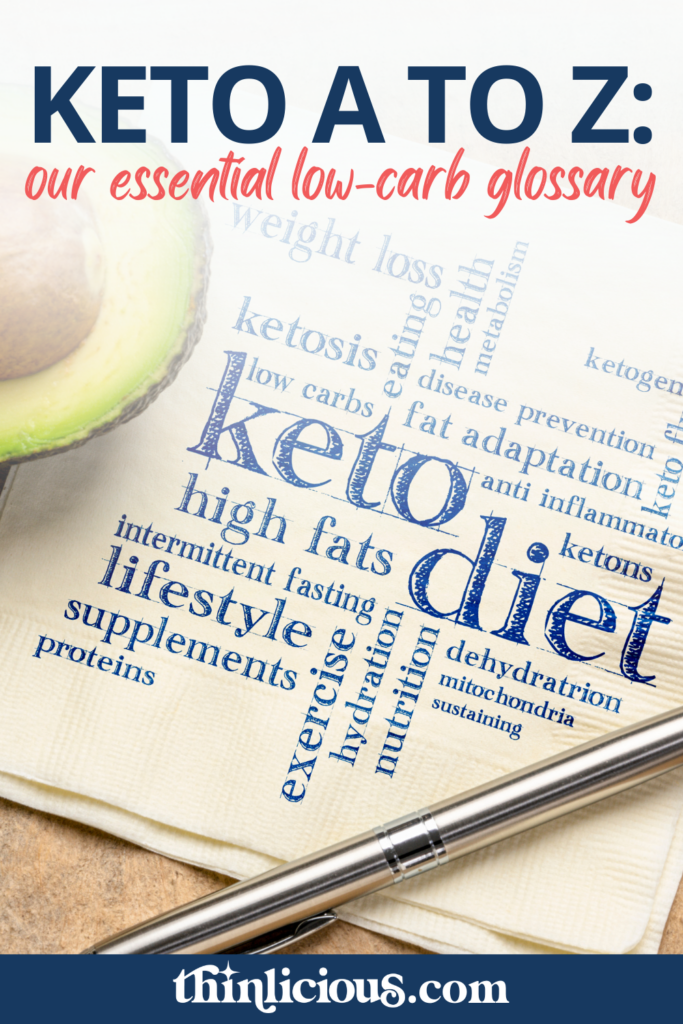
What if you could actually take control of
your health in just 10 days?
It’s not your fault you can’t lose weight as a woman over 40 even though you’ve likely tried literally everything. Your metabolism probably feels broken and your hormones are likely all out of whack.
But you can fix it all with ONE simple change: eliminate sugar. We make it super easy with daily lessons teaching you the science behind what makes us gain weight in our midlife and beyond! Are you ready to get started now?

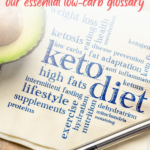
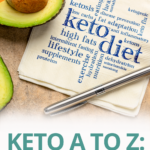
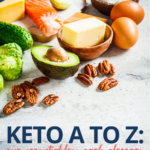

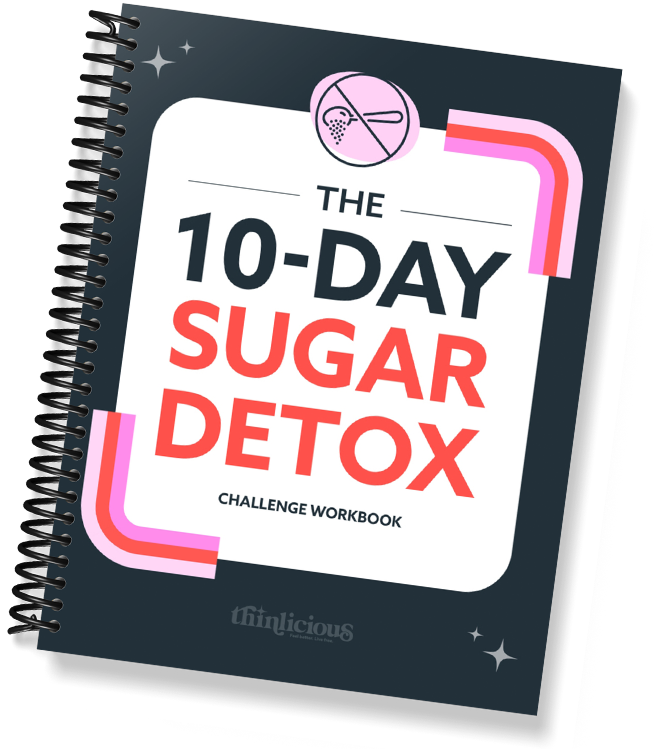


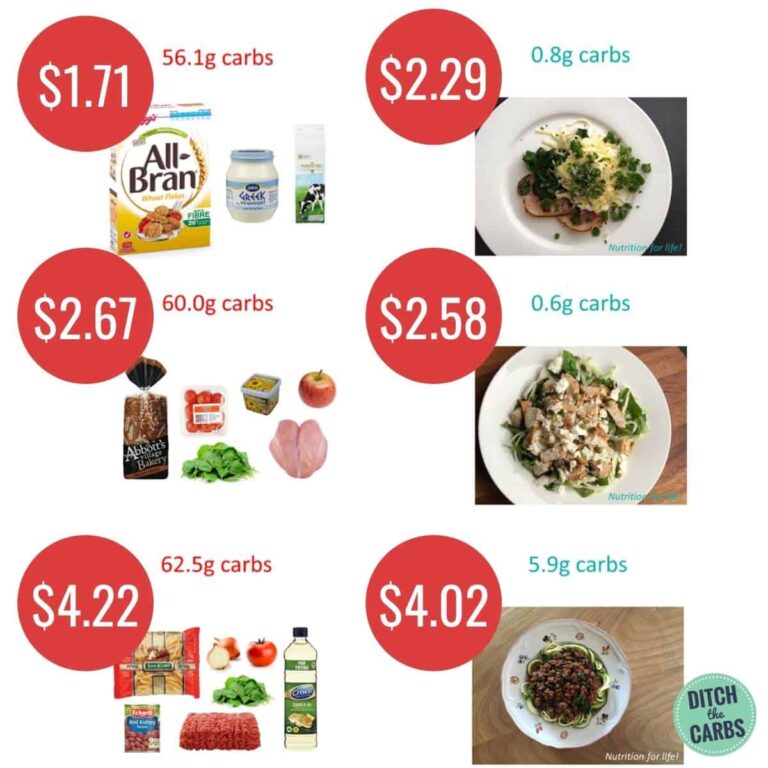
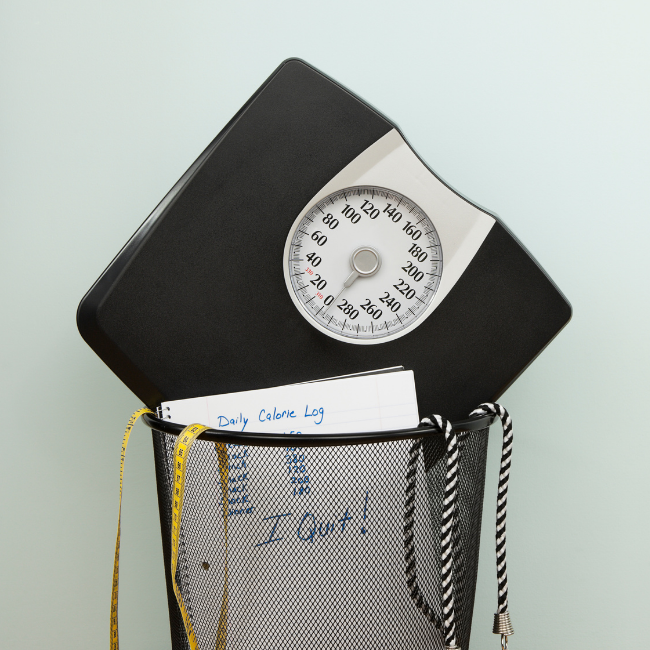
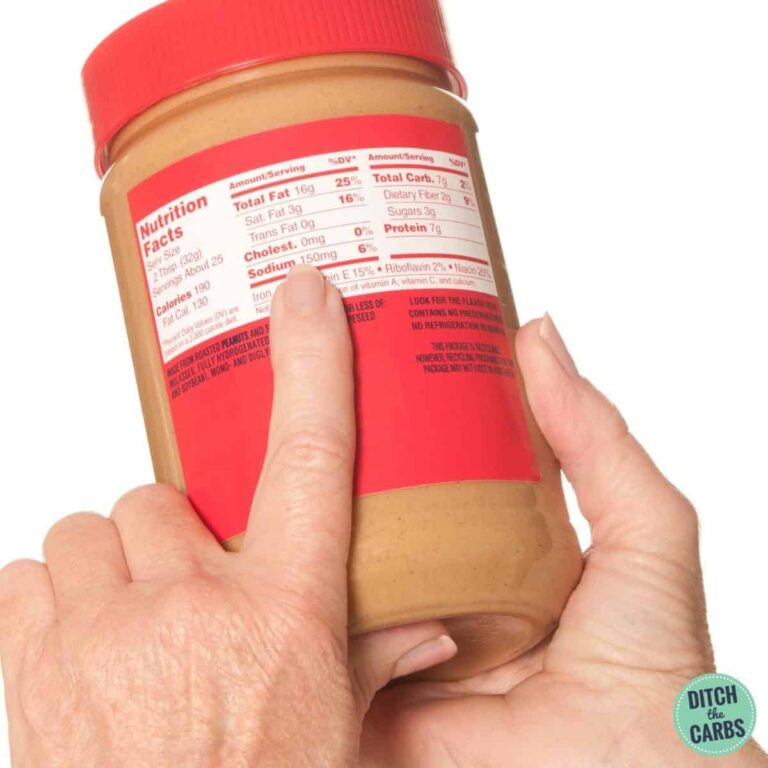
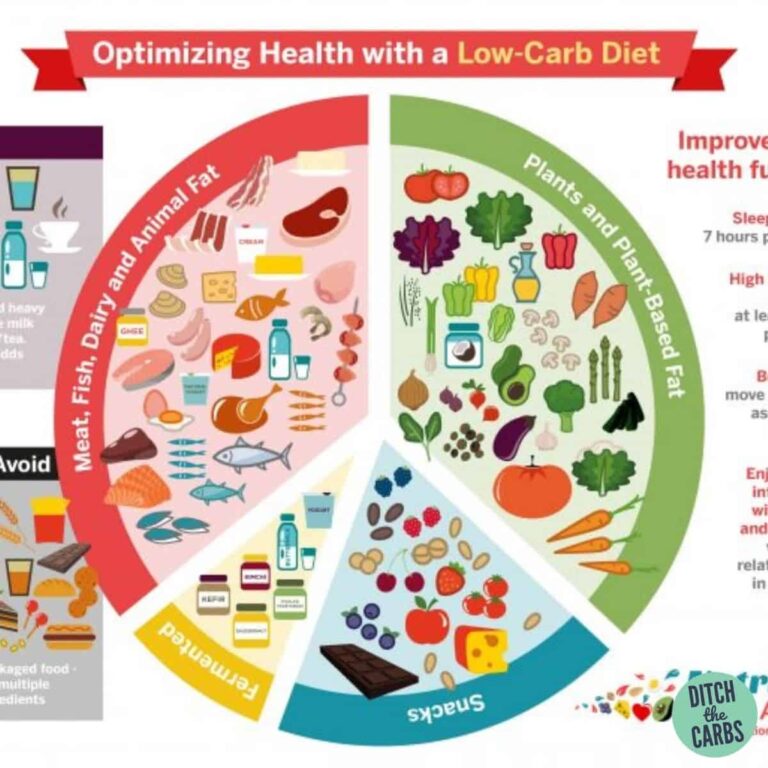
One Comment